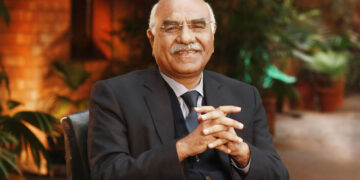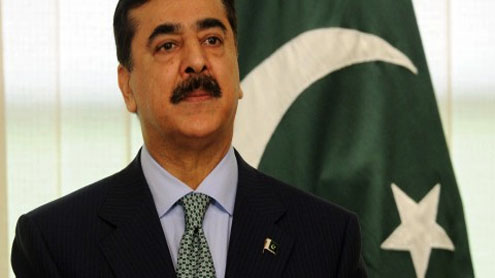 There are close to 1.5 billion people in the world without access to electricity, more than half in the Asia Pacific region. Unfortunately, in today’s world it is almost impossible to find viable income-generating activities without access to electricity.Renewable energy technologies (RETs) are invaluable to those who live outside the boundaries of power grids. The Renewable Energy Policy Network for the Twenty-First Century (REN21) estimates that there are tens of millions of rural households served by renewable energy around the globe. But this still translates into a mere drop in the ocean.Why doesn’t the power grid reach these households in the first place? For starters, they are typically located in remote villages where grid access is prohibitively expensive. Governments lack both the means and motivation, owing to their inability to recoup costs from poor villagers, often because subsidised electricity prices depress revenues. In some cases, grid expansion makes sense after removing these distortions. But, where the villages and households are too remote, expanding the grid will never make economic sense.
There are close to 1.5 billion people in the world without access to electricity, more than half in the Asia Pacific region. Unfortunately, in today’s world it is almost impossible to find viable income-generating activities without access to electricity.Renewable energy technologies (RETs) are invaluable to those who live outside the boundaries of power grids. The Renewable Energy Policy Network for the Twenty-First Century (REN21) estimates that there are tens of millions of rural households served by renewable energy around the globe. But this still translates into a mere drop in the ocean.Why doesn’t the power grid reach these households in the first place? For starters, they are typically located in remote villages where grid access is prohibitively expensive. Governments lack both the means and motivation, owing to their inability to recoup costs from poor villagers, often because subsidised electricity prices depress revenues. In some cases, grid expansion makes sense after removing these distortions. But, where the villages and households are too remote, expanding the grid will never make economic sense.
These households resort to traditional fuels such as wood, oil, and candles for heating and lighting, leading to severe indoor pollution, not to mention chronic fire hazards. Study after study has shown the devastating effects that indoor pollution has on women, children, and public-health finances. Moreover, these fuels are not cheap, costing isolated households a significant proportion of their income.Off-grid RETs represent a viable solution, and come in various forms: solar home systems, mini-hydroelectric generators, rooftop wind turbines, and village-level mini-grids using a mix of diesel generators and local renewable sources, to name a few. A solar home system connects a photovoltaic panel to florescent lightbulbs, radio, and even TV, via a battery and load controller. A World Bank study has shown that a 20-watt solar home system can cut monthly kerosene consumption in rural households by roughly 15 liters.Many ask why the most expensive technology should be used for the poorest people. A 20-watt panel could cost roughly $200 – a huge sum for households earning $2,000 or less annually. However, with installment financing, monthly costs become not only manageable, but competitive with traditional fuels. The monthly leasing cost of the 20-wat panel in question, when stretched over 10 years, can be as little as $1.60. Governments in poor and developing countries have been promoting projects to distribute off-grid RETs for decades, supported by multilateral institutions, bilateral aid programs, or non-governmental organisations. The private sector has typically stayed out, owing to long cost-recovery periods, small market size, and lack of consumer credit.
But the nature of these projects is now changing. The often-debilitating impact of the traditional foreign-aid model on developing countries’ nascent private sectors has led to a fundamental reconsideration. New projects are more market-driven, with donors’ focus gradually shifting to building the capacity of domestic regulatory and technical institutions, and to strengthening the position of existing private-sector firms to serve the market.It was precisely such a model that led to the emergence in China of the World Bank’s famous “Golden Sun” standard for solar panels, which focused disproportionately on strengthening technical institutions. The project is often credited for leading to the boom in manufacturing of photovoltaic panels in China, which has dethroned Germany and the US to become the world’s largest producer. There are many ways to undertake rural electrification using off-grid RETs. Governments can choose household-level technologies or village-level micro-grids; involve aid donors or use other modes of financing; offer subsidies to encourage private entrepreneurs or energy-service concessions to existing utilities; lease the equipment by providing consumer credit or sell it up front. The important thing is to recognise that there is a broad spectrum of available options, and that efforts need to be ramped up on a massive scale. In India alone, every third person lacks access to electricity. If we want to avoid isolating communities and ensure inclusive economic growth, we need to start with the basics – Kahleejnews











